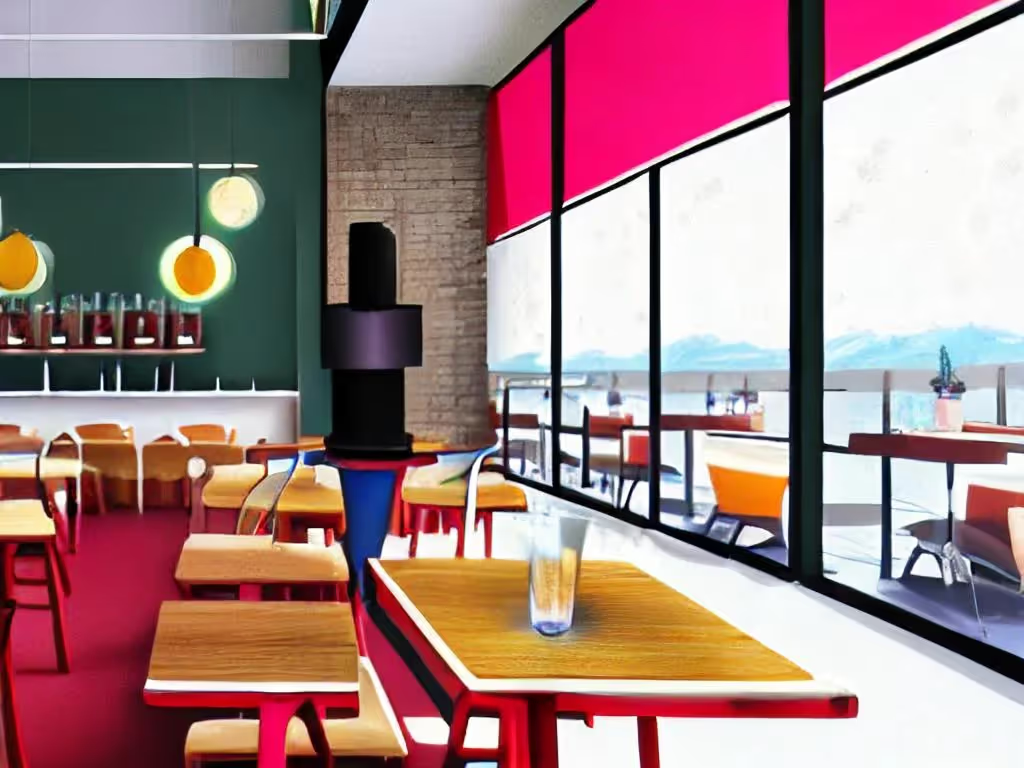TLDR
Running a café location takes constant balance. You’re managing staff schedules, keeping shelves stocked, handling rush-hour lines, and trying to create a space customers love to return to. But the truth is, success depends on more than good service or quality beans. The cafés that thrive are the ones that keep a close eye on what their numbers say about their daily operations. Knowing which metrics to track helps you understand the rhythm of your store, catch small issues before they grow, and make decisions that keep your business strong week after week. These key indicators turn your everyday hustle into a clear roadmap for running your café more smoothly and profitably.
Once you understand the numbers behind your daily rush, things start to click. These insights show where your café is thriving and where a few small adjustments can make a big difference.
1. Identify Your Busiest Hour to Plan Better
Every café has certain times when it gets crowded. Knowing the exact hour that brings the most orders helps you plan your day instead of reacting to it. When you track this consistently, you can schedule more people during that time, have products ready, and make sure customers get served quickly.
This one number can improve service, reduce wait times, and prevent wasted labor during slow hours. Over time, you will know when to restock, when to prepare extra food, and when to take breaks without affecting customer flow.
2. Measure Average Order Value to Grow Smarter
Average order value shows how much money each customer spends per visit. It helps you understand if your pricing and menu design are working. Increasing this number means you can earn more from the same number of customers.
You can lift this number by creating value combinations, suggesting simple add-ons, or featuring premium options on your menu. For example, promoting a coffee and pastry deal at a slightly higher price can encourage people to buy both. Checking this figure weekly helps you see if your ideas are actually improving sales.
3. Track New Customers to See Real Growth
A growing café should always bring in new visitors. Tracking new customers helps you see how well your promotions, events, and local visibility are performing. When more first-time customers show up, you know your marketing is reaching people.
If the number of new visitors slows down, it might be time to try something fresh. You can test local partnerships, community events, or digital ads to reach nearby residents. This simple metric tells you if your business is still attracting attention or starting to blend into the background.
4. Count Total Orders to Understand Demand
Total orders show how busy your café truly is. This number gives you a clear picture of how much business is happening each day. Tracking it regularly helps you make better staffing and inventory decisions.
If total orders drop, something likely changed. It could be slower days, shorter shifts, or a menu item that needs improvement. If orders increase, it means your efforts to promote or improve service are paying off. Watching this number gives you a realistic sense of how your location is performing week by week.
Start making faster decisions today. Use the Per Diem AI chatbot to instantly see the numbers that matter most for your café and act on them without delay.
5. Review Daily Revenue to Stay Informed
Checking your daily revenue helps you stay aware of how your café is doing in real time. Instead of waiting for end-of-month reports, you can see what is happening today. If sales were lower than expected, you can quickly find out why and take action.
Daily tracking also builds discipline. You start to notice patterns, like which days perform best or which products bring in the most sales. Cafés that monitor daily revenue stay flexible and make quicker decisions that improve performance.
6. Compare Weekly Revenue to Understand What’s Working
Weekly revenue gives you context. Daily totals rise and fall, but a full week shows how consistent your café really is. Use this number to see if new strategies are paying off.
If you tried a weekend brunch menu or changed your opening hours, compare that week’s revenue with the previous one. Growth means the idea worked; decline means you should adjust quickly. Over time, this habit teaches you how small changes affect your overall performance and helps you plan the right kind of experiments instead of guessing.
7. Separate Pickup and Dine-In Orders to Improve Efficiency
Knowing how many people order ahead compared with those who sit down changes how you manage your space and staff. If pickup orders are increasing, you may need to dedicate a counter or a staff member to handle them so dine-in guests still get attention.
If dine-in business is stronger, focus on table flow, comfort, and presentation. This split also helps with product planning: portable items suit pickup customers, while dine-in guests often spend more on desserts and refills. Treating each group differently improves both experiences and prevents bottlenecks behind the counter.
8. Watch Customer Return Rate to Strengthen Loyalty
Your repeat customer rate shows how much trust your café has earned. Instead of just tracking it, act on what it tells you. If regulars keep coming back, thank them and offer small rewards that deepen that connection.
If the rate drops, look for reasons in service speed, consistency, or product availability. Even simple steps like remembering names or favorite drinks can raise this metric. Building loyalty is cheaper than chasing new visitors, and improving this number directly stabilizes your revenue over time.
9. Study Top-Selling Items to Shape Smart Menus
Your best-selling products are clues about what people love most. Use them to guide pricing, marketing, and production. Place these items where customers see them first, feature them in promotions, and make sure they are never out of stock.
At the same time, examine slower sellers. Ask customers why they skip them and decide if they should be improved or replaced. This practice keeps your menu lean, profitable, and aligned with what customers actually buy rather than what you think they want.
10. Track Labor Cost Against Revenue to Protect Profit
The labor cost percentage tells you how efficiently your team’s time converts into sales. If wages rise faster than revenue, the balance needs attention. Compare staffing levels to sales by hour to find where adjustments help.
For example, if the first two hours after opening are quiet, schedule one less person, but ensure full coverage during the morning rush. Use this metric to train shift leads to think about productivity, not just hours worked. When your labor cost stays healthy, you protect profit without cutting corners on service quality.
Get access to the MD and let the AI chatbot show you exactly where to focus next. Get clear insights in seconds and run your location with confidence.
Final Thoughts
Numbers alone don’t run a café; understanding them does. Each of these ten metrics gives you a tool to make smarter choices about staffing, inventory, menu design, and customer care. When you track and respond to them regularly, your location becomes easier to manage, more consistent, and more profitable.
Per Diem AI Chatbot now makes this process simple. You can ask questions such as and get clear answers instantly. That means less time reading reports and more time focusing on people, products, and the customer experience that keeps your café growing.
Book a demo with an expert to see how this feature would help your business.


.webp)


.webp)
.png)
.webp)

.avif)
.webp)
.webp)
.webp)

.webp)

















.svg)





.svg)
.svg)




.avif)



.avif)
.avif)
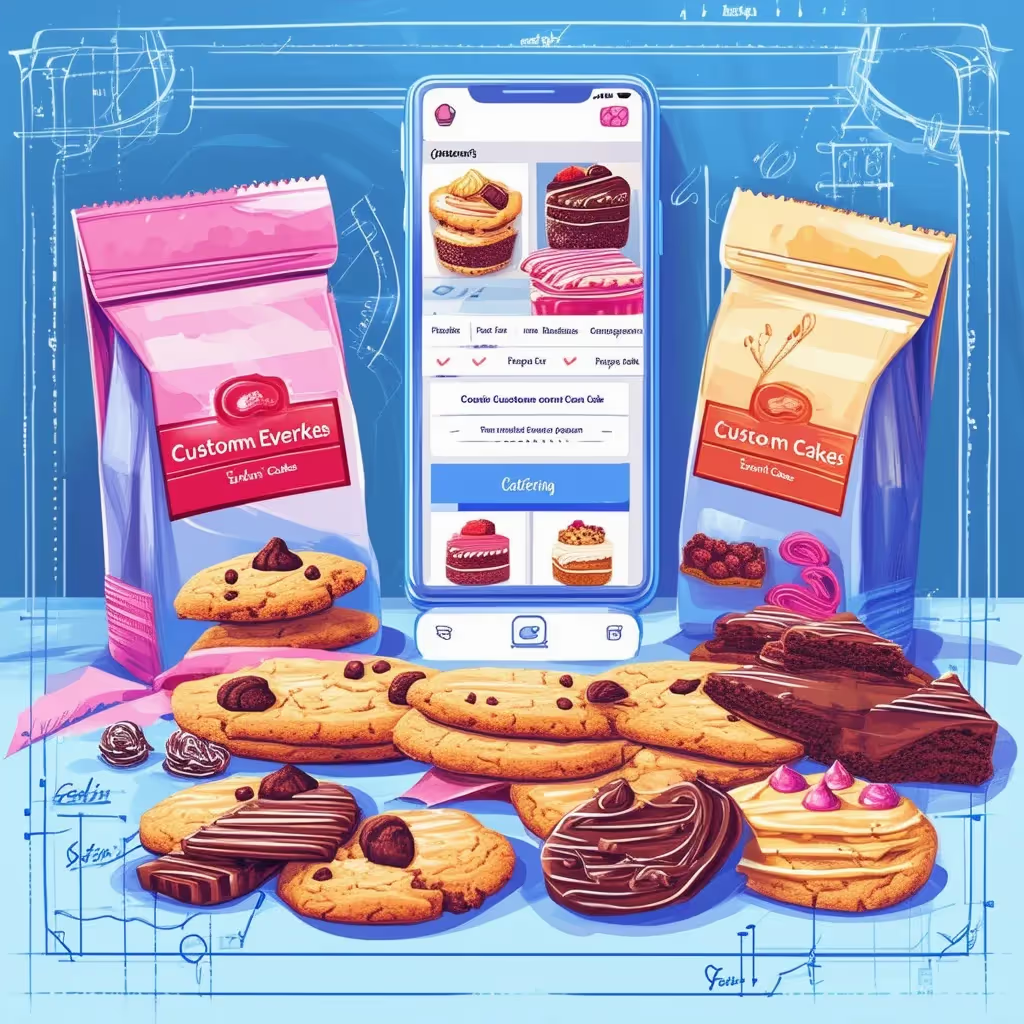
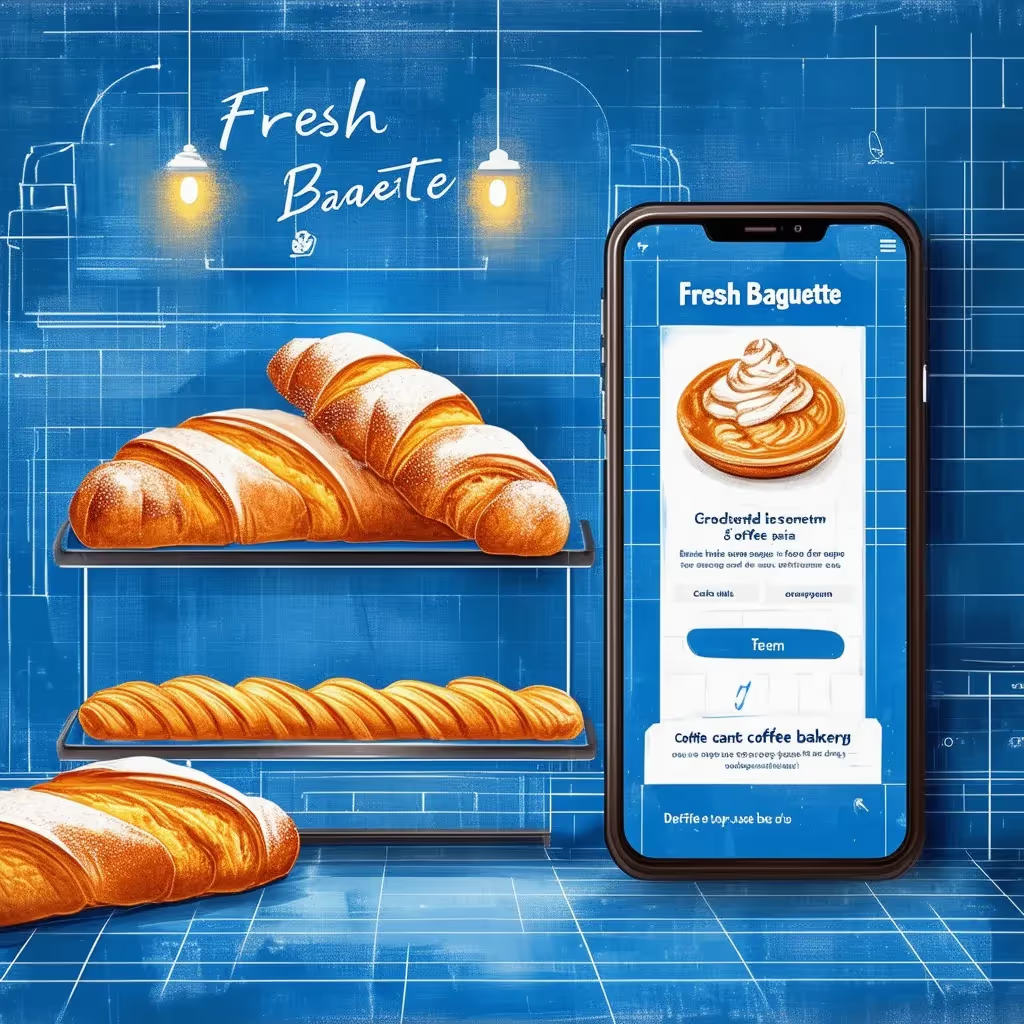

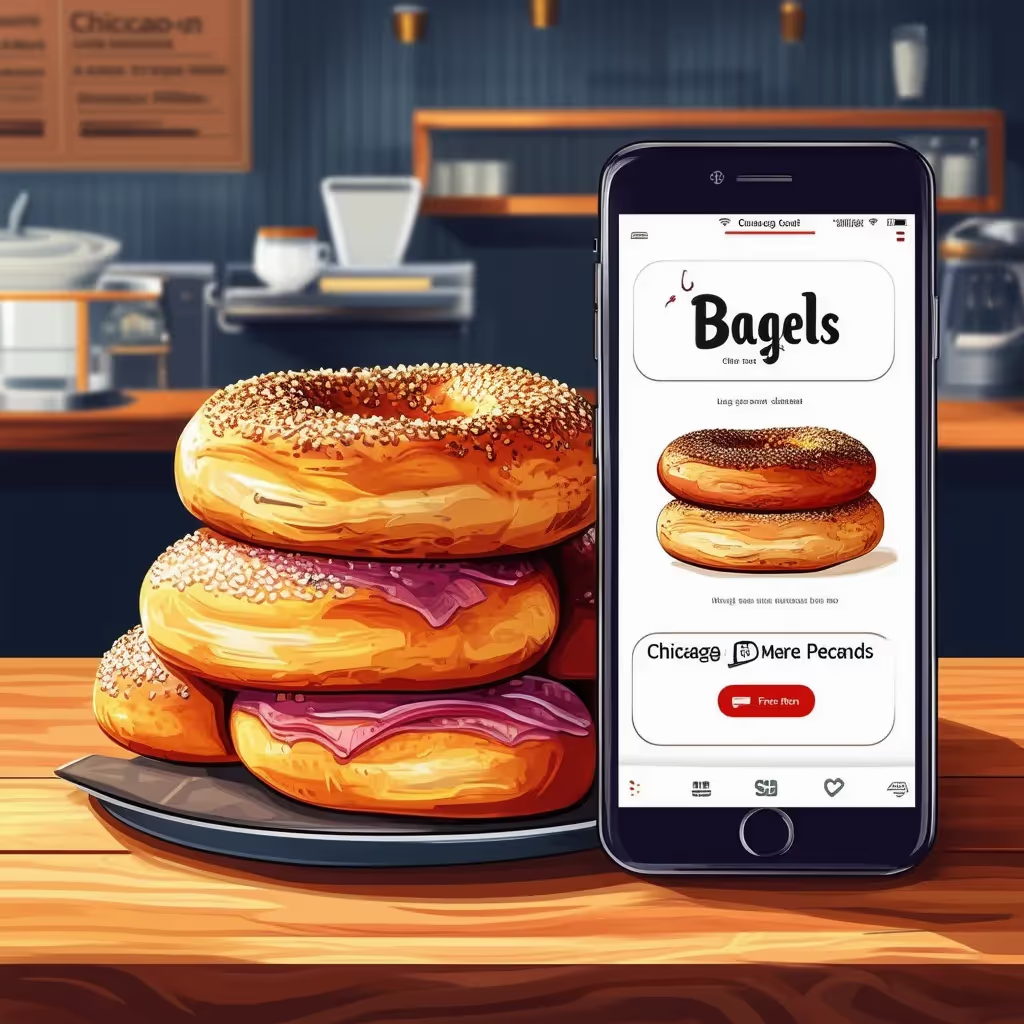
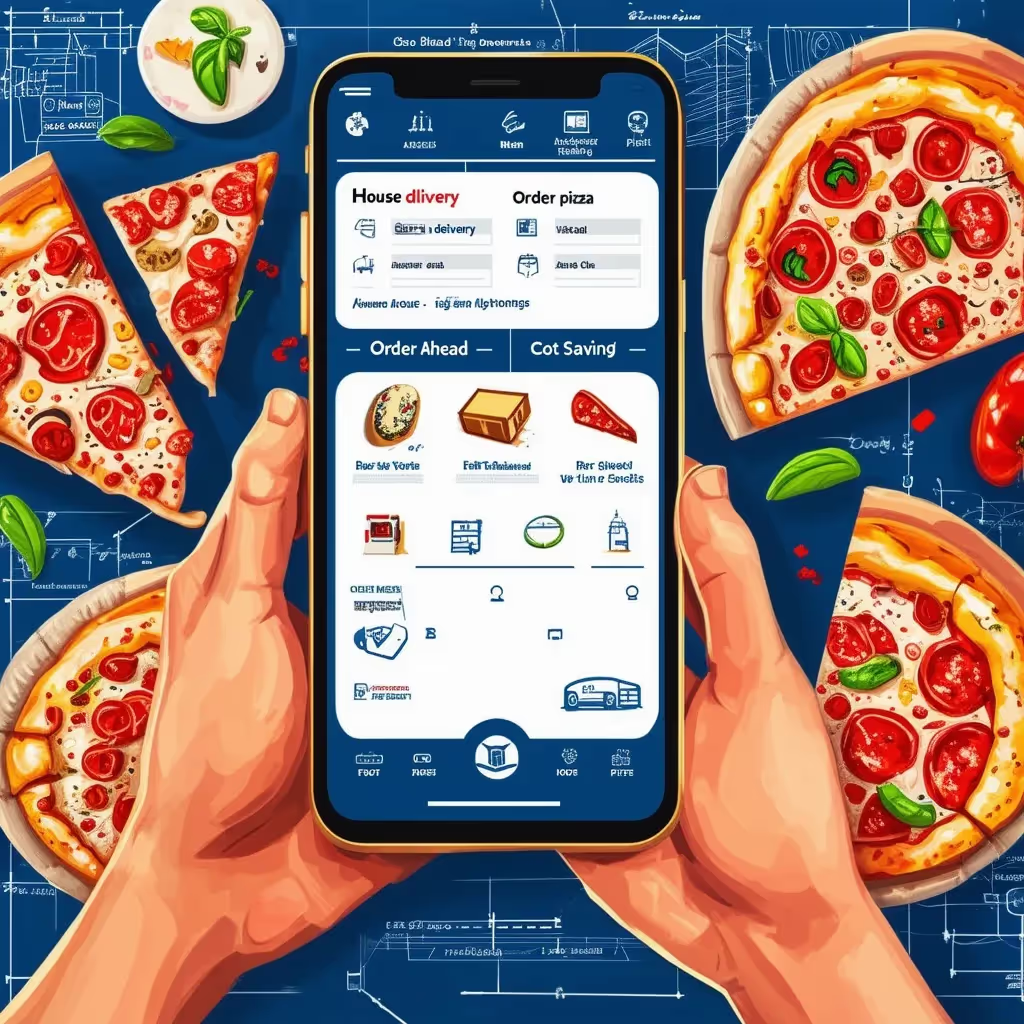




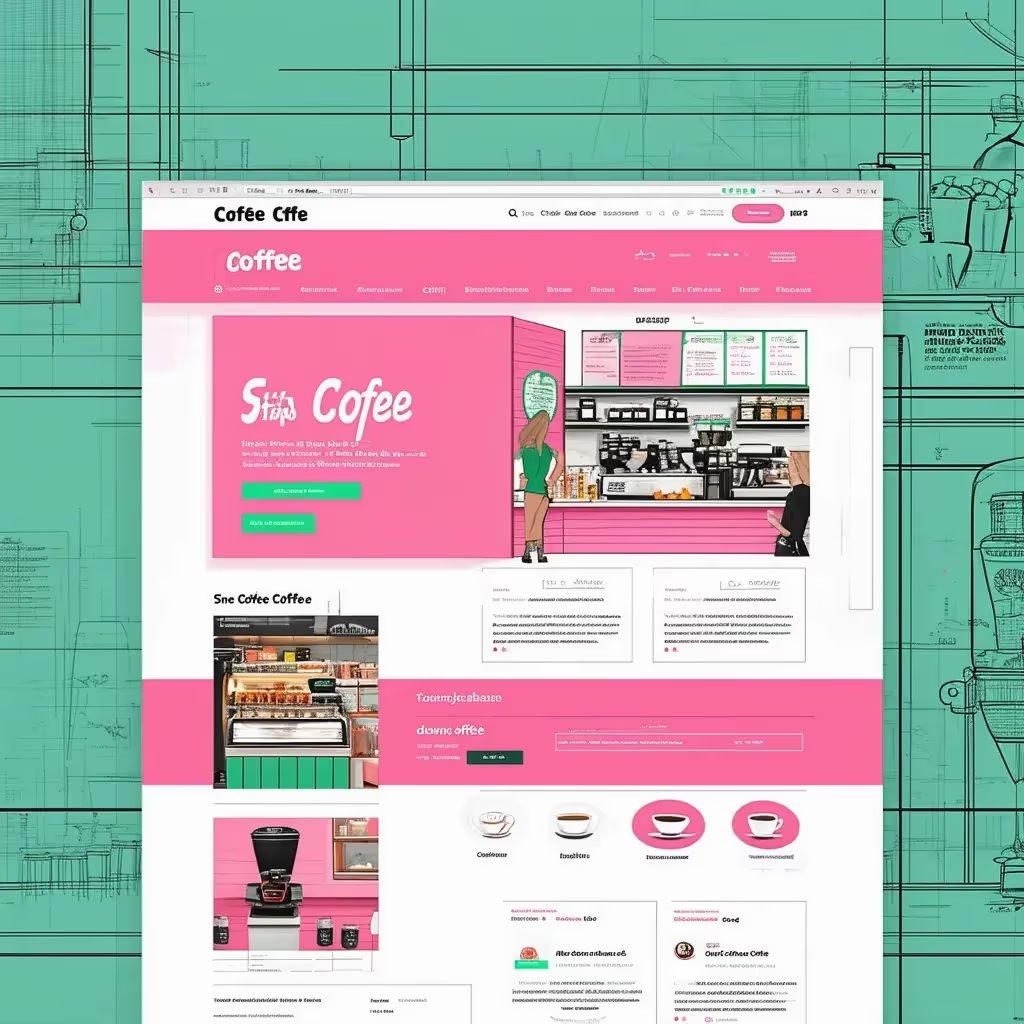
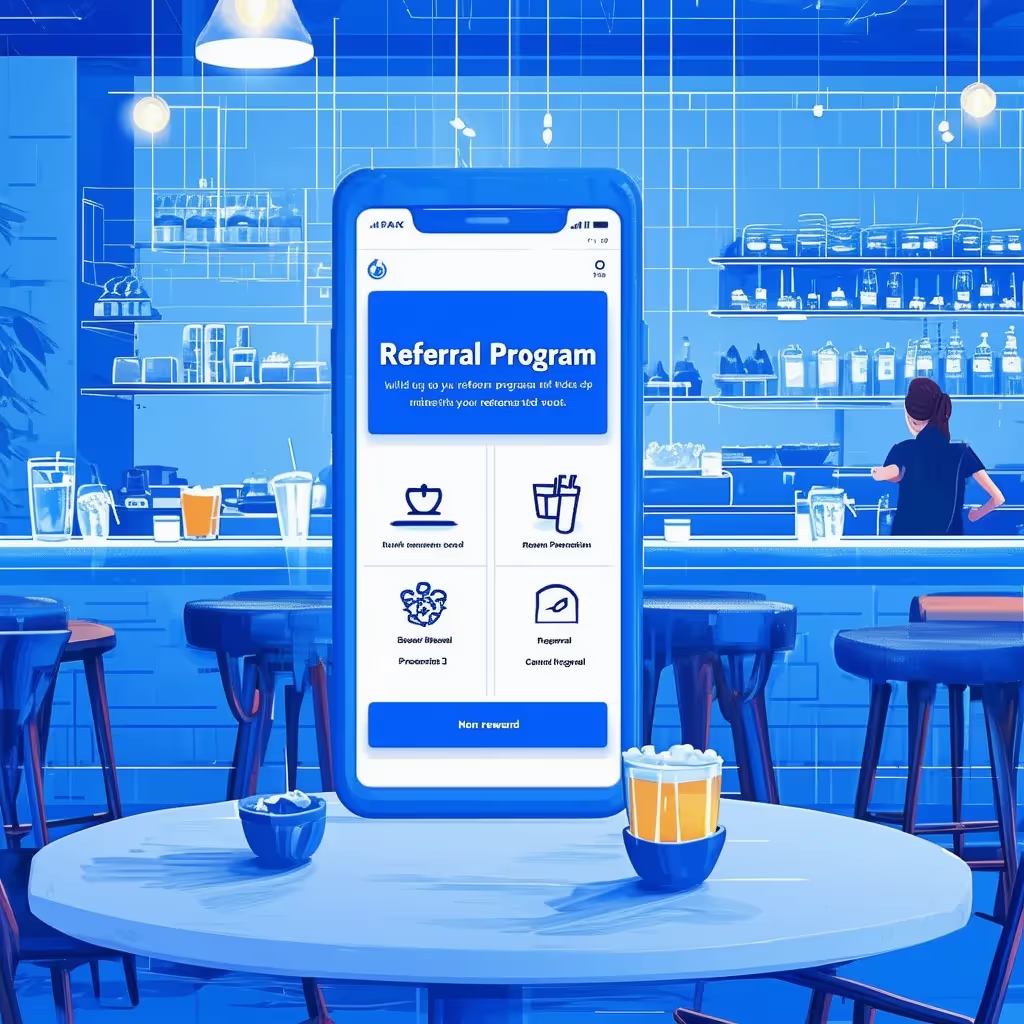





.avif)




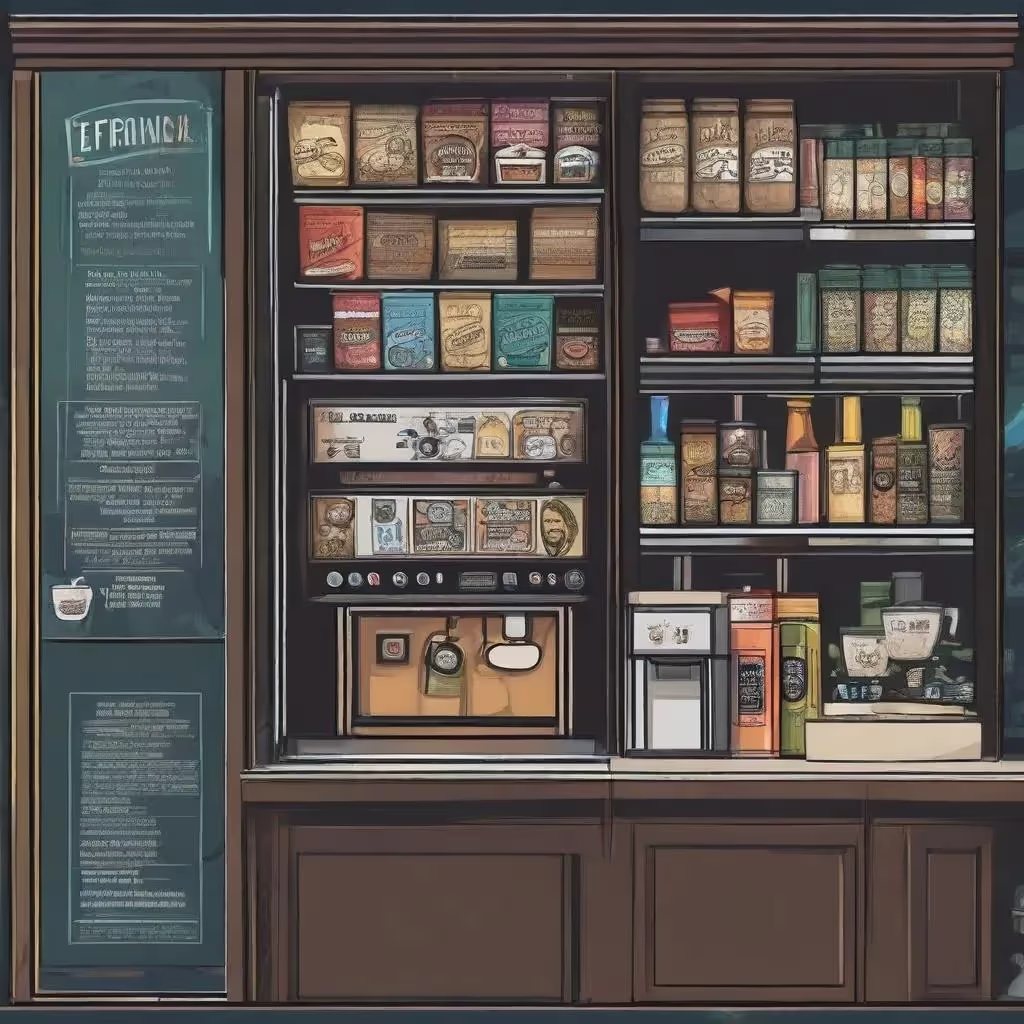



.avif)



